Looking for affordable K-beauty products that actually work? You don’t need to splurge on premium brands to get glowing, hydrated, and balanced skin. Many Korean drugstore products pack powerful ingredients, smart formulations, and visible results—without breaking the bank. The key is knowing which ones are truly worth your money.
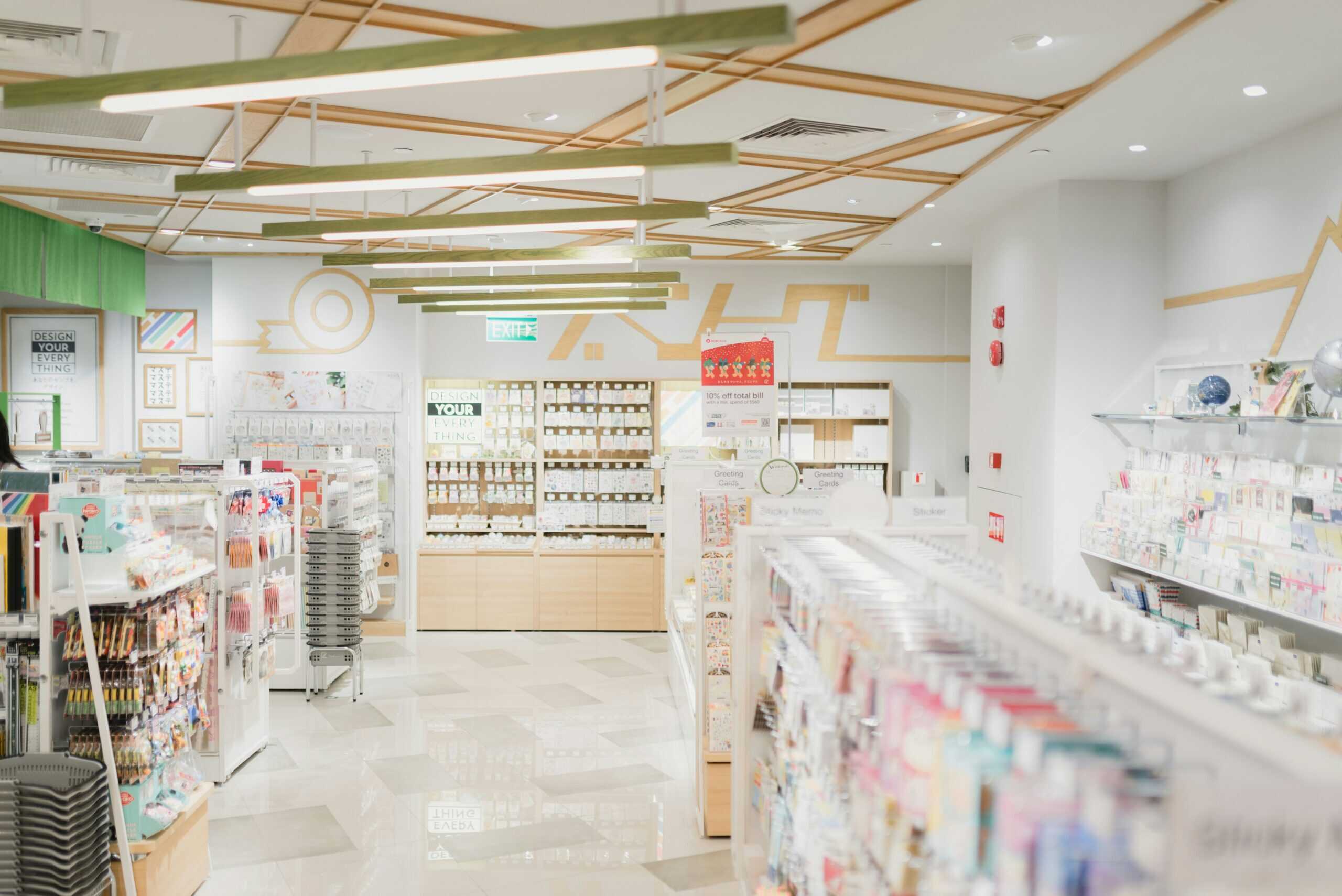
Jump to:
💭 Why Korean Drugstore Skincare Is Worth the Hype
Korean skincare has become a global favorite, and for good reason—it's effective, affordable, and innovative. But you don’t need to spend a fortune to get glowing results. Korean drugstore skincare brands are making waves for offering high-performing products at a fraction of the cost.
What makes them different? Unlike Western counterparts, even budget-friendly K-beauty brands prioritize gentle ingredients, hydration-focused formulas, and science-backed actives. These aren’t watered-down versions of luxury products—they’re simplified, smart, and skin-friendly options anyone can access.
Whether you're new to skincare or building a routine on a budget, the drugstore aisle in Korea (or online) might just surprise you.
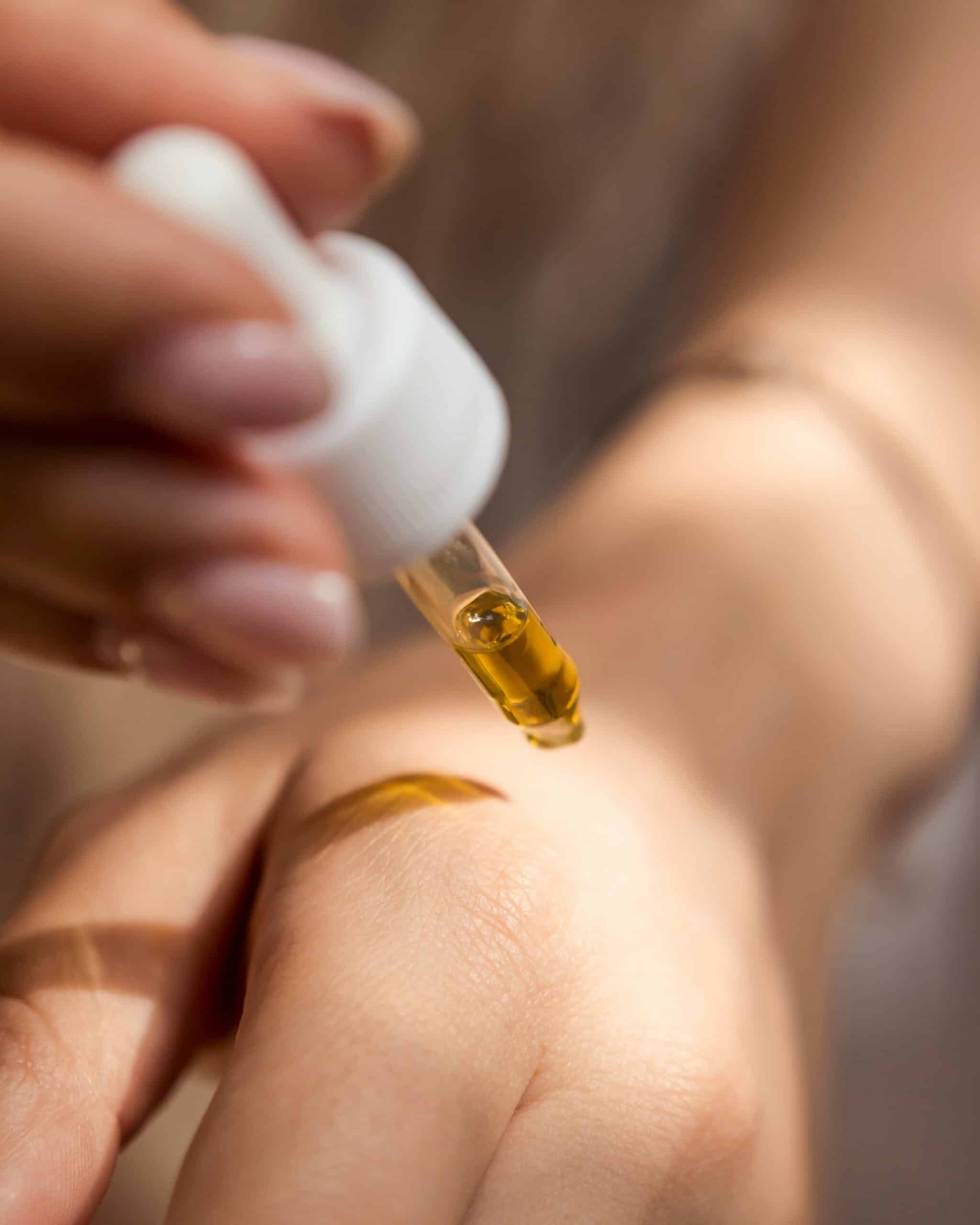
🥣 Ingredients That Actually Work (Even on a Budget)
Cleansers
Look for gel cleansers with a low pH (around 5.5–6), which helps maintain your skin’s natural acid mantle and protects against dryness and irritation.
Many Korean drugstore options also include mild surfactants and botanicals like tea tree or green tea to cleanse without stripping, and some contain betaine salicylate (a gentler BHA) to lightly exfoliate. These are ideal for oily, acne-prone, or sensitive skin types.
Toners
Acid-based toners commonly found in Korean drugstores often include a combination of AHA (like glycolic or lactic acid), BHA (salicylic acid), and PHA (gluconolactone).
This blend exfoliates dead skin cells, clears clogged pores, and improves texture without causing irritation. You’ll also find niacinamide, allantoin, or tea tree extract in these toners, helping to brighten the skin and calm inflammation. These are typically watery and fast-absorbing, making them easy to incorporate into daily routines.
Essences & Serums
Most drugstore Korean serums and essences are designed to target specific skin concerns while maintaining a lightweight texture. You’ll commonly see ingredients like Centella Asiatica (clinically proven to aid in wound healing and reduce redness), tea tree extract (antibacterial and sebum-regulating), and niacinamide (supports barrier function, controls oil, and fades hyperpigmentation).
They usually contain humectants like glycerin or sodium hyaluronate to boost hydration without heaviness.
Moisturizers
Korean moisturizers at the drugstore level often focus on barrier repair and hydration, especially with ingredients like panthenol (vitamin B5), madecassoside (from Centella), ceramides, and squalane.
These formulas are typically non-comedogenic and fragrance-free, making them suitable for sensitive or reactive skin. Textures range from gel creams for oily skin to richer emulsions for dry or damaged skin, with a focus on soothing and skin recovery.
Sunscreens
Expect lightweight, broad-spectrum SPF 50 sunscreens using modern chemical filters like Uvinul A Plus, Tinosorb S, or Uvinul T 150, which offer stable, high UVA/UVB protection and are photostable (unlike older filters).
Many drugstore sunscreens also include rice extract, green tea, or bifida ferment lysate to provide antioxidant protection and moisture while being wearable under makeup. Most Korean chemical sunscreens are formulated to avoid a white cast, making them more inclusive across skin tones.
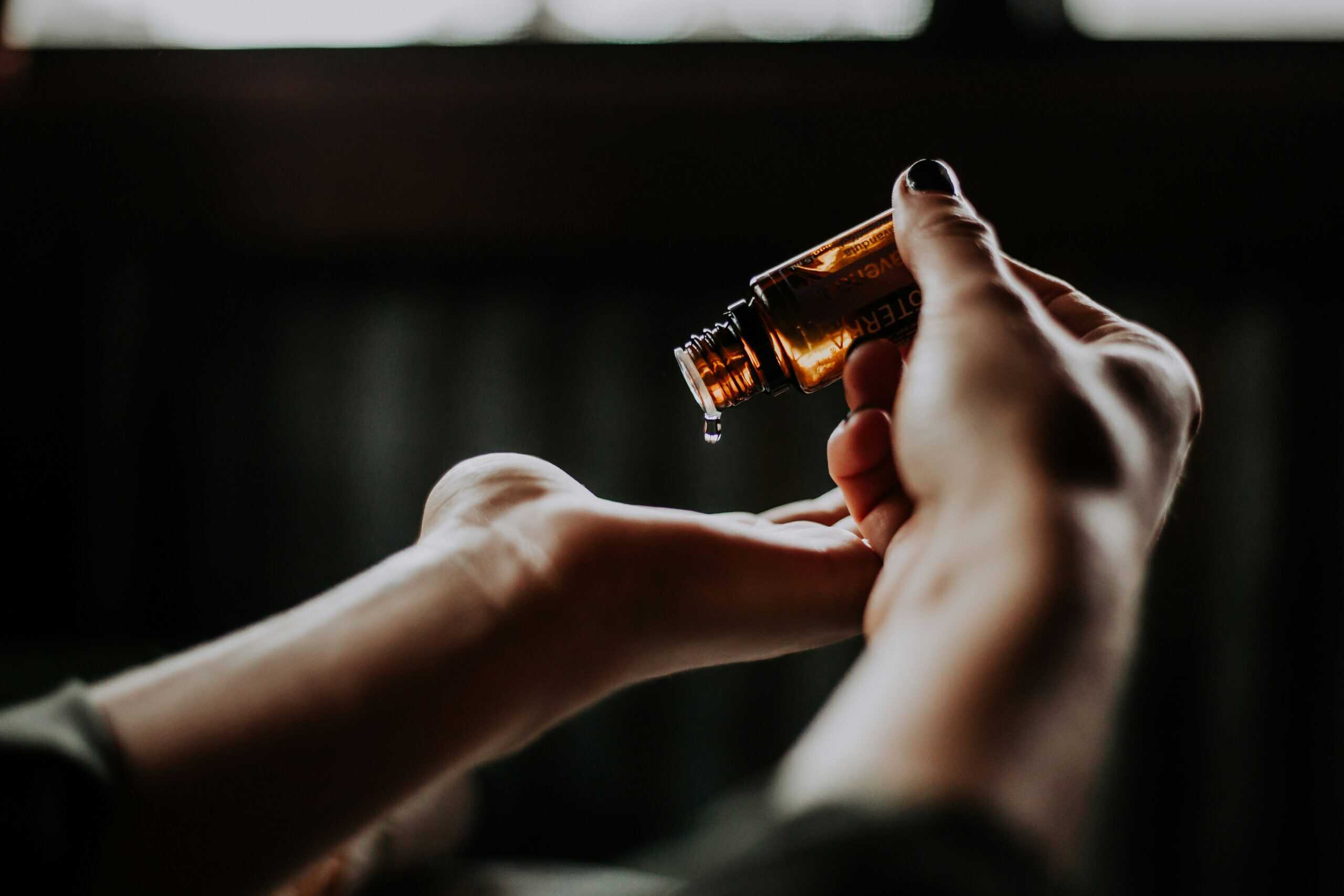
📝 Tips for Shopping Korean Skincare at the Drugstore
Don’t judge a product by its packaging.
K-beauty is known for its aesthetic appeal, but sleek designs don’t always equal quality. Instead of being drawn to branding, focus on the ingredient list and how it fits your skin needs.
Learn to read ingredient labels—even if they’re in Korean.
Look for key actives near the top of the list (where concentrations are higher). If you can’t read Korean, use ingredient checker apps or sites like INCIDecoder to scan or look up the product later. Prioritize well-researched ingredients like niacinamide, centella, hyaluronic acid, and ceramides.
Know your skin type and current condition.
Oily skin? Go for light gels and avoid heavy occlusives. Dry or damaged barrier? Reach for creams rich in lipids and humectants. Active acne? Skip over-fragranced or essential oil-heavy products and choose calming formulas.
Don’t fall for trending “miracle” products.
What works for others on TikTok or YouTube might not work for you. Just because something goes viral doesn’t mean it’s formulated well or safe for daily use. Stick to evidence-based ingredients and build your routine based on what your skin actually needs.
Look at expiration dates and PAO (Period After Opening).
Many Korean products display expiration in YYYY.MM.DD format. Also, check for the PAO symbol (a jar icon with a number like “12M”) to know how long you can safely use it after opening.
❓ Frequently Asked Questions
Yes. Many Korean drugstore products are formulated with calming ingredients like Centella Asiatica, panthenol, and madecassoside, which are well-suited for sensitive or reactive skin. Just make sure to avoid products with added fragrance or essential oils if your skin is easily irritated.
Absolutely. Korean skincare often layers well with other products as long as you’re not combining clashing actives (like exfoliating acids with retinol). Focus on maintaining balance—don’t over-exfoliate, and always patch test when introducing new combinations.
It depends on your skin type and concerns. Hydration and glow can be noticeable within a few days, while improvements in texture, acne, or pigmentation may take 4 to 8 weeks of consistent use. Patience and routine are key—Korean skincare is designed for long-term results, not overnight fixes.

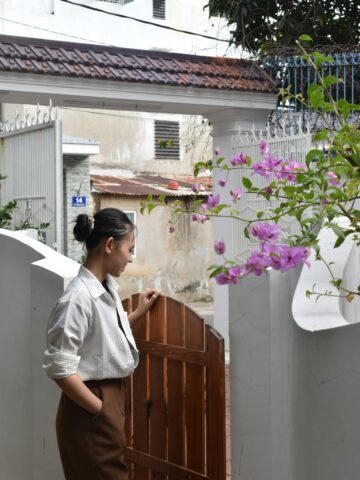
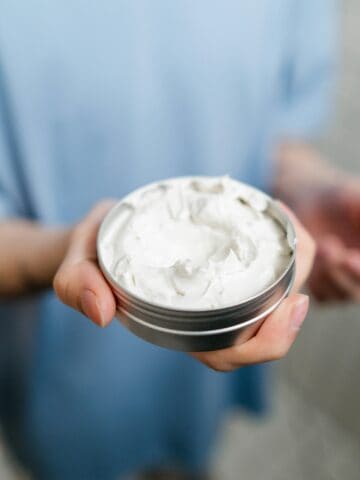
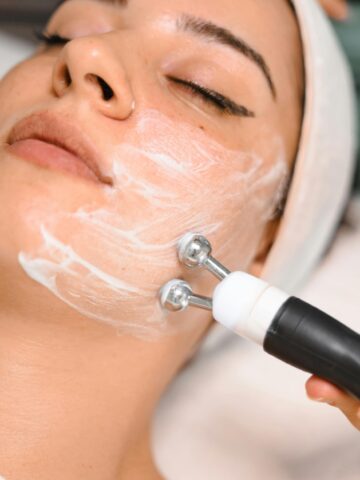
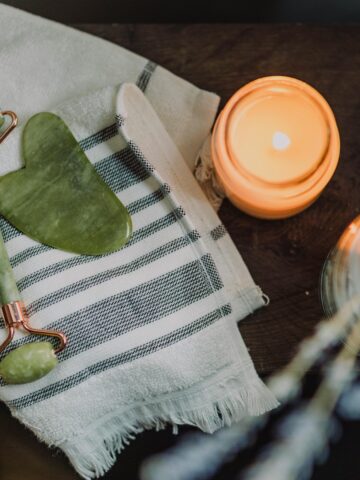
Comments
No Comments